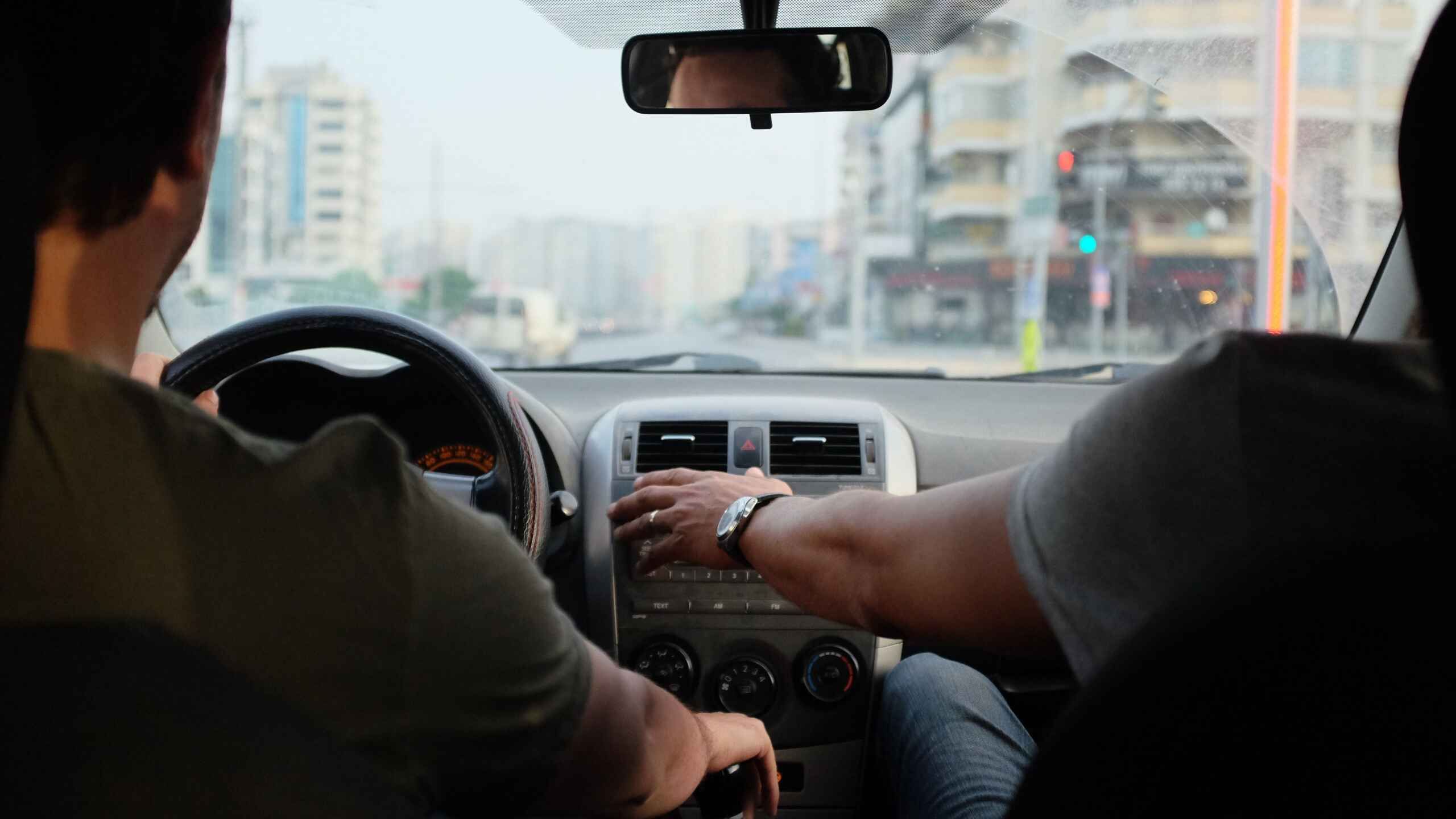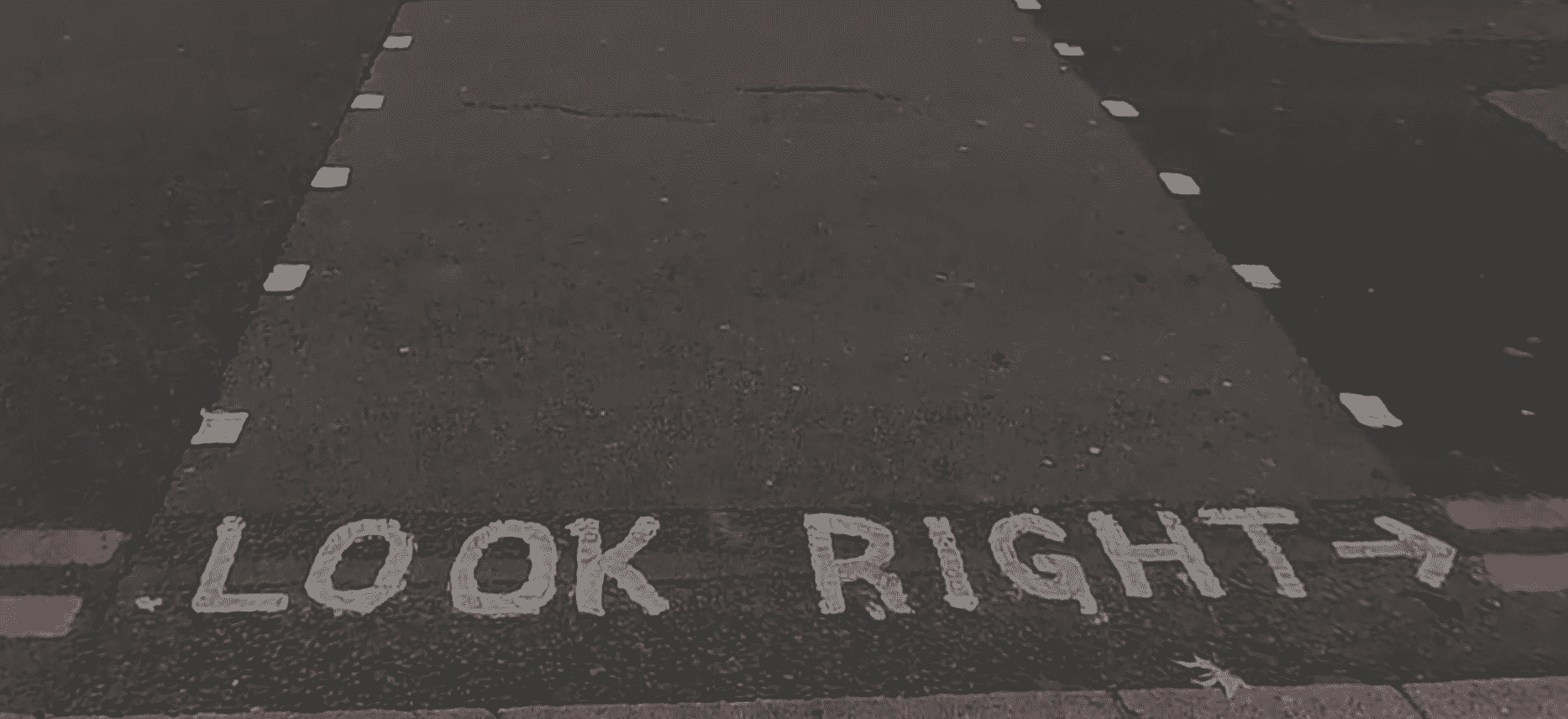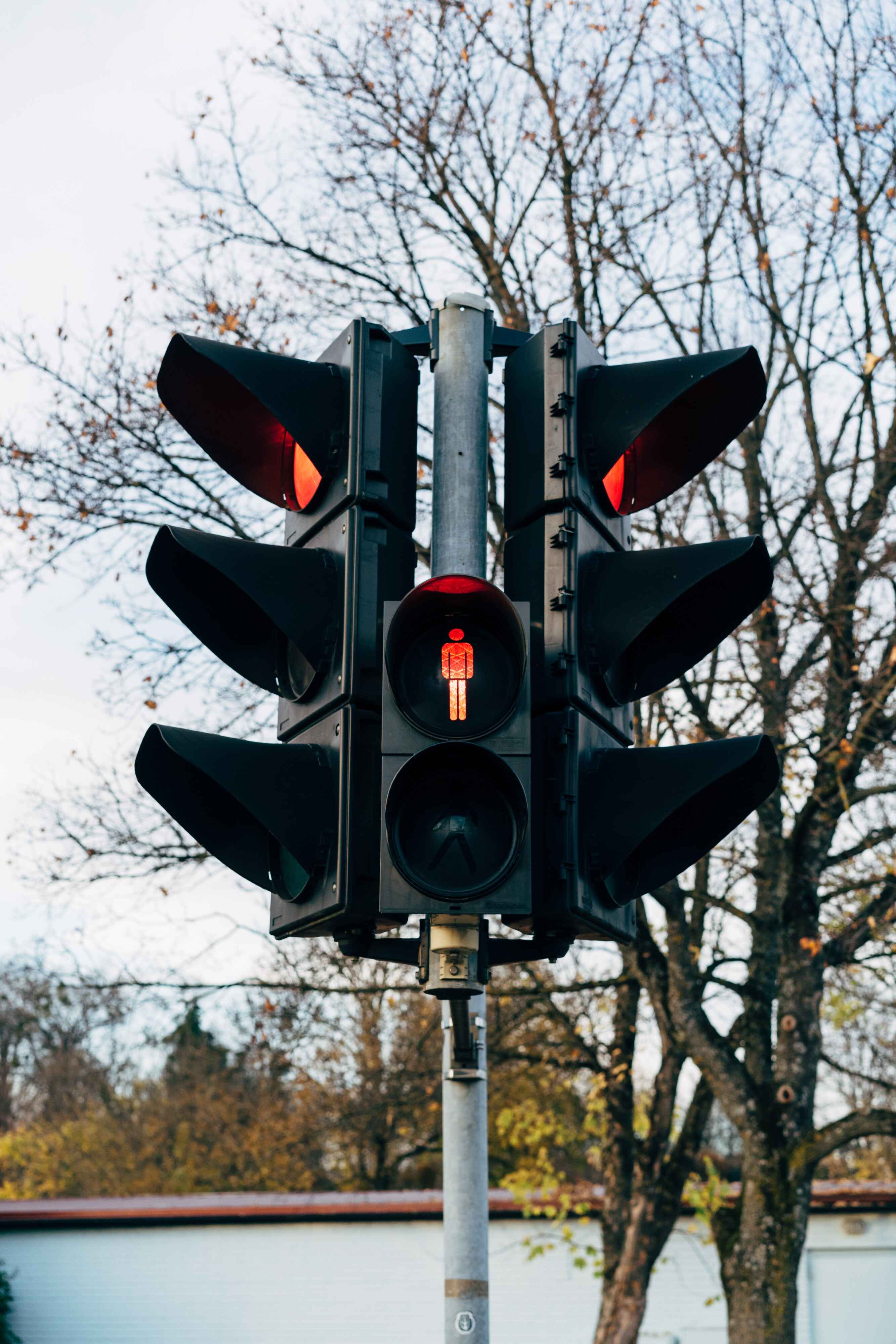What Side of the Road Do I Drive On in Europe? (And Other Questions Answered)
Jun 19, 2023
When it comes to driving in Europe as an American, we get questions all the time ranging from “What side of the road do I drive on in Italy?” (don’t worry—it’s the right-hand side) to “Can I turn right on red in France?” (no! Don’t do it or risk a ticket!)
Here are some of the most common questions we get. (Keep in mind, all rules will vary country to country, which is why we offer our country-specific driving guides, but you can get the general idea in this post.)
What Side of the Road Do I Drive on in Europe?
Throughout Europe, the majority of countries drive on the right-hand side of the road, so Americans driving abroad should feel comfortable. This includes popular tourist destinations such as France, Germany, Italy, and Spain (to learn more, see our driving guides!). However, there are a few exceptions where countries drive on the left-hand side:
-
United Kingdom: In England, Scotland, Wales, and Northern Ireland, vehicles drive on the left-hand side of the road.
-
Ireland: In the Republic of Ireland, vehicles also drive on the left-hand side.
-
Cyprus: The Republic of Cyprus drives on the left-hand side (however, the Turkish Republic of Northern Cyprus drives on the right-hand side)
It's important to note that driving customs may vary within countries or regions, so it's advisable to familiarize yourself with the specific rules and regulations of the country you plan to visit or drive in
What is the Speed Limit in Europe?
The speed limits in Europe can vary from country to country. They can also vary depending on weather conditions, construction, or other specific safety regulations. Always pay attention to signs (and also keep in mind that the speeds you see are in kilometers per hour, not miles per hour). 
That said, here are the general speed limits for different types of roads in many European countries, unless otherwise posted:
-
Urban Areas: The speed limit in urban areas typically ranges from 50 km/h (31 mph) to 60 km/h (37 mph). However, some cities may have lower speed limits in certain areas, so it's important to watch for local signage.
-
Non-Urban Roads: On non-urban roads outside of cities and towns, the speed limit is usually 90 km/h (56 mph) or 80 km/h (50 mph), depending on the country and road conditions.
-
Major Roads: On major roads and highways, the speed limit can range from 100 km/h (62 mph) to 130 km/h (81 mph), again depending on the specific country and road type.
-
Motorways/Autostrade: Motorways or autostrade generally have higher speed limits compared to other roads. The speed limit on motorways typically ranges from 110 km/h (68 mph) to 130 km/h (81 mph), and in some countries, it may be higher.
Do pedestrians have the right of way in Europe?
In general, pedestrians in Europe have the right of way at designated crosswalks or pedestrian crossings. However, it's important to note that the specific right-of-way rules for pedestrians may vary slightly from country to country.
Here are some common principles regarding pedestrians and right of way in Europe:
-
Crosswalks and Pedestrian Crossings: Pedestrians usually have the right of way when crossing at marked crosswalks or pedestrian crossings. Drivers are expected to yield to pedestrians at these designated areas.
-
Traffic Signals: Pedestrian traffic lights or signals are commonly used in European countries. Pedestrians should follow the signals and cross the road only when the signal indicates it is safe to do so.
-
Unmarked Crossings: Even at locations without marked crosswalks, drivers are generally expected to yield to pedestrians who are crossing the road. However, pedestrians should exercise caution and ensure that it is safe to cross.
-
Intersections: Pedestrians often have the right of way when crossing at intersections, particularly when they have a green light or a designated pedestrian signal.
While pedestrians generally have the right of way, it's important for both pedestrians and drivers to remain cautious, attentive, and respectful of each other on the road.

What are the drinking laws in Europe?
Please note, we advise not driving after drinking in any capacity.
However, here are some common guidelines regarding drinking and driving in Europe:
-
Blood Alcohol Concentration (BAC) Limit: Most European countries have a legal BAC limit of 0.05% or lower. However, some countries have stricter limits, such as 0.02% or even zero tolerance for certain categories of drivers, such as novice drivers or professional drivers (e.g., bus and truck drivers). It's important to be aware of the specific limit in the country you are visiting.
-
Random Breath Tests: Many European countries conduct random breath tests to check for alcohol impairment. These tests can be conducted by law enforcement officers at checkpoints or during routine traffic stops.
-
Penalties: Penalties for driving under the influence of alcohol can vary across European countries. Common penalties include fines, suspension or revocation of driving licenses, mandatory alcohol education programs, and even imprisonment in severe cases. Repeat offenses or high BAC levels often lead to more severe penalties.
-
Zero Tolerance for Young and Novice Drivers: Some European countries have zero tolerance policies for alcohol for young or novice drivers, typically defined as drivers under a certain age or with a limited driving experience.
It's important to note that the specific laws and penalties for drinking and driving can vary between countries. It's always best to familiarize yourself with the laws and regulations of the specific country you are visiting to ensure compliance and safety. It's generally recommended to avoid drinking any alcohol if you plan to drive, as it is the safest approach.
Do I need to wear a seatbelt in Europe?
Yes, wearing a seatbelt is mandatory for both drivers and passengers in Europe. Seatbelt laws are enforced in almost all European countries, and failure to wear a seatbelt can result in fines and penalties.
The specific seatbelt regulations may vary slightly between countries, but the general requirement is that all occupants of a vehicle must wear seatbelts when the vehicle is in motion. This includes both front and rear seats. It's essential to buckle up and ensure that all passengers are properly restrained by seatbelts or appropriate child restraints, depending on their age and size.
Children typically have additional requirements for car seat usage based on their age, height, and weight. Child safety seat laws may differ from country to country, so it's important to understand and comply with the specific regulations of the country you are visiting or driving in.
Can I turn right on red in Europe?
No, in most European countries, you cannot turn right on a red light unless there is a specific green arrow signal or signage allowing it. Unlike in some parts of North America, the general rule in Europe is that drivers must wait for a green light before making a right turn at an intersection.
In Europe, red traffic lights are typically strictly enforced, and turning on a red signal when it's not explicitly permitted can result in traffic violations and fines.

Thinking About Driving Abroad?
Tripiamo offers quick & comprehensive driving tutorials by country for anyone planning an international journey.
Sign up for Tripiamo's FREE newsletter for more travel tips!
